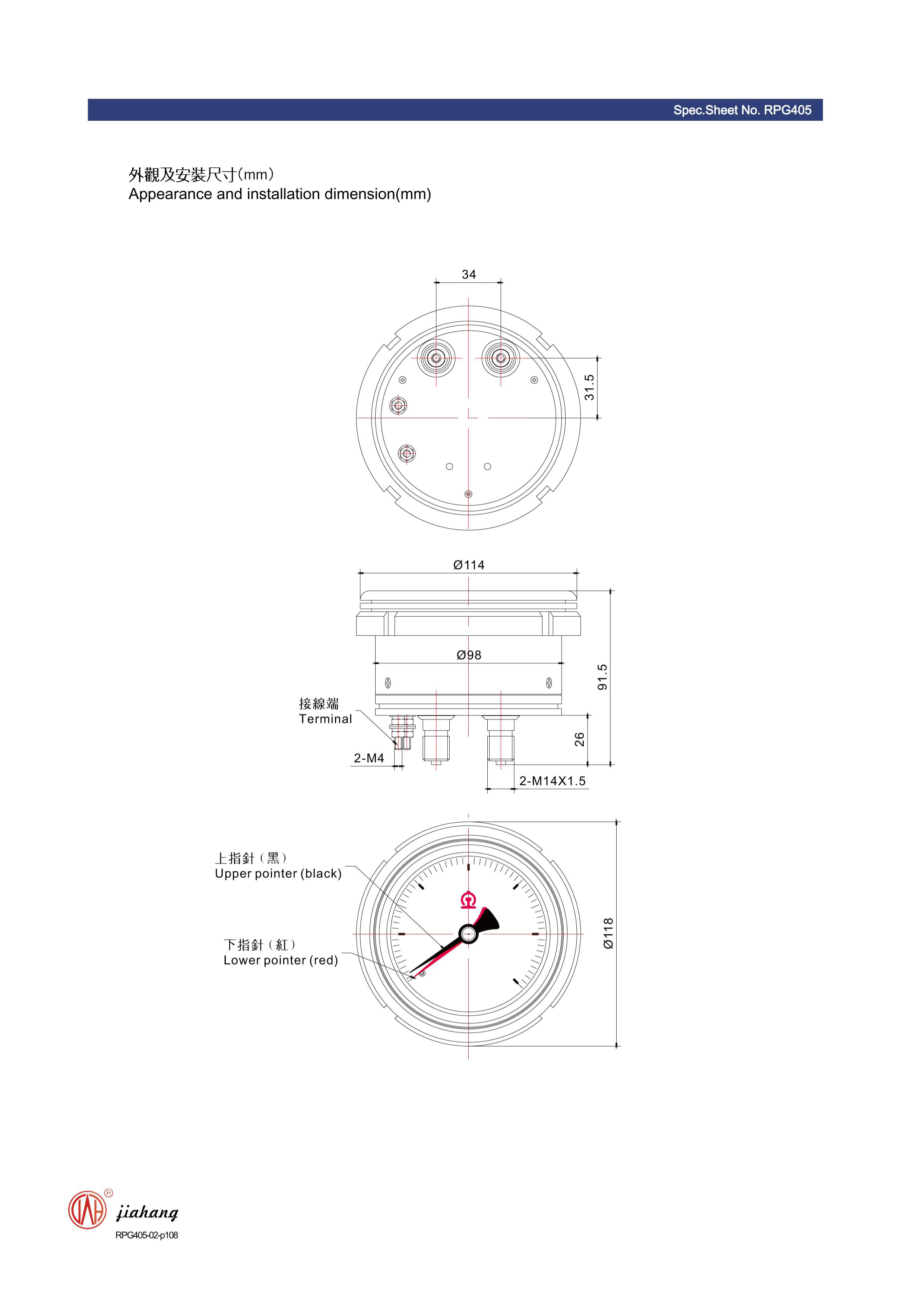
Sep . 22, 2024 06:58 Back to list
best diaphragm pressure sensing element
Best Diaphragm Pressure Sensing Elements An Overview
Pressure sensing technologies play a vital role in numerous industrial applications, from monitoring system performance to ensuring safety in various operations. Among the various types of pressure sensors available, diaphragm pressure sensing elements stand out due to their unique properties and versatility. This article explores the best diaphragm pressure sensing elements, discussing their design, functionality, and advantages.
Diaphragm pressure sensing elements are designed to measure pressure by utilizing a thin, flexible membrane—commonly known as a diaphragm. This diaphragm deforms in response to changes in pressure, resulting in a measurable displacement. This technology is renowned for its ability to provide accurate readings across a variety of fluids and gases, making it an essential component in industries such as oil and gas, water treatment, and HVAC systems.
One of the key benefits of diaphragm pressure sensors is their sensitivity and precision. Modern diaphragm elements can detect minute changes in pressure, which is crucial for applications that require strict monitoring, such as pharmaceutical manufacturing or aerospace. Additionally, these sensors can be designed to withstand harsh environments, including high temperatures and corrosive substances, by utilizing materials such as stainless steel or specialized polymers.
best diaphragm pressure sensing element

Another advantage of diaphragm pressure sensing elements is their compact size and design flexibility. Manufacturers can create them in various configurations, including absolute, gauge, and differential pressure sensors, to meet specific application requirements. The compact design allows for easy integration into existing systems without requiring significant modifications.
One notable type of diaphragm pressure sensor is the capacitive pressure sensor. These sensors use changes in capacitance caused by diaphragm displacement to determine pressure levels. This design offers high accuracy and a wide measurement range, making it suitable for diverse applications. Moreover, capacitive sensors are less susceptible to temperature variations, further enhancing their reliability.
In addition to capacitive sensors, piezoresistive diaphragm sensors are also prevalent in the market. They employ a Wheatstone bridge configuration where the diaphragm deformation alters the resistance in the sensor, providing a direct measurement of pressure. Piezoresistive sensors are known for their robustness and are commonly adopted in automotive and industrial applications.
Ultimately, the choice of the best diaphragm pressure sensing element depends on various factors, including the specific requirements of the application, environmental conditions, and budget constraints. As technology continues to advance, the development of diaphragm pressure sensors with even greater accuracy and reliability is anticipated. This evolution is crucial in a world where precision and safety are paramount in industrial processes. As industries increasingly rely on automation and data-driven decisions, diaphragm pressure sensing elements will undoubtedly continue to play a pivotal role in ensuring optimal performance and safety across multiple sectors.
-
HD Fire Pressure Gauges High Accuracy & Durable Solutions
NewsMay.28,2025
-
Custom Singles Capsule Systems Top Exporters & Factories
NewsMay.28,2025
-
Piston-Style Differential Pressure Gauges Precision & Durability
NewsMay.28,2025
-
WIKA Differential Pressure Gauge 700.04 High-Accuracy Industrial Measurement
NewsMay.28,2025
-
Precision Differential Pressure Gauge Factory Custom Solutions & OEM Services
NewsMay.27,2025
-
Pressure Diaphragm Capsule Elements High-Accuracy & Durable Solutions
NewsMay.27,2025
